Meet the Nudibranch, a type of sea slug—soft-bodied marine gastropod mollusks, a small, and colorful creature that doesn’t look real. Over 3,000 species of these colorful nudibranchs exist, and most live in shallow, tropical waters.
Also called sea slugs they are basically snails without their protective shells. They are soft, slimy, and very slow. A slime-oozing creature with a boneless body. In fact, this sticky slug is often considered one of the most beautiful animals in the world.
Nudibranchs are named after the Latin word nudus meaning ‘naked’ and the greek bránkhia meaning ‘gills’. Nudibranch breathes through a ‘naked gill’ external to their bodies. The exposed gills that sprout out of their backs some species of new tube ranks can retract their gills in order to protect them.
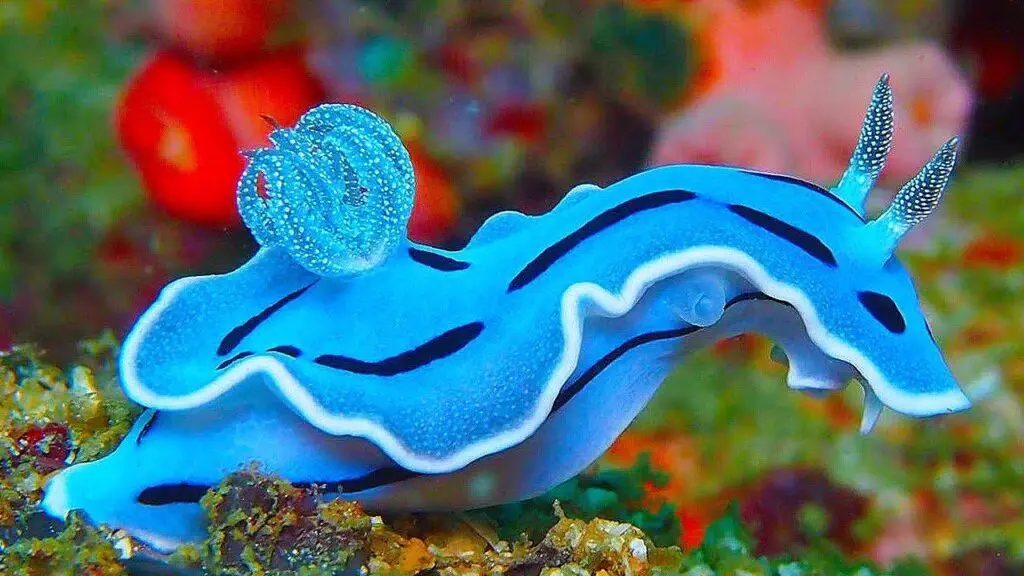
They’ve got no eyes but instead, have two tentacles called Rhinophores located on top of their heads these things are super sensitive to touch smells, and taste which helps the nudibranch navigate its surroundings and locate prey and mate.
They have two of them so they can tell from which direction a scent is coming based on the intensity of each Rhinophore.
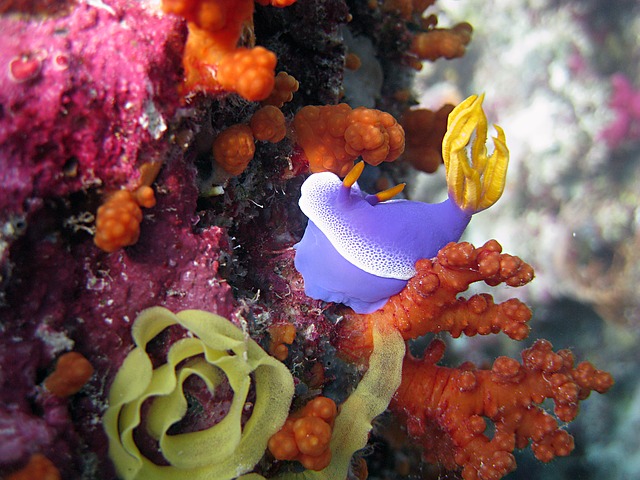
Behavior
They are also all hermaphrodites; they have both male and female sexual abilities, but they do not inseminate themselves. Nudibranchs still require a mate in order to reproduce. Following a dance-like courtship, two nudibranchs will cross-fertilize, each proceeding to lay eggs fertilized by the other.
Sex generally happens as a mutually beneficial affair with a partner nudibranch. A couple can produce up to 1 million eggs at once. Some Nudibranch has a detachable penis that snaps off in their partner and then regenerates!
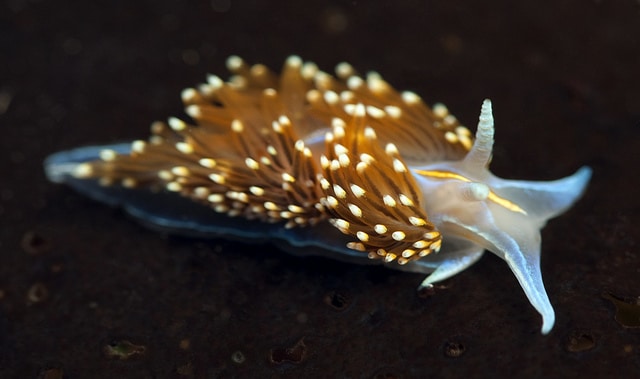
Nudibranch Diet
Like snails they have a mouthpart called a radula – it’s rough surfaces studded with tiny teeth for scraping off bits of food.
Nudibranchs eat sponges, jellies, crustaceans, and even other nudibranchs. But without a shell for protection, how do nudibranchs avoid becoming a meal themselves?. They have a secret weapon and for that, they are often called thieves.
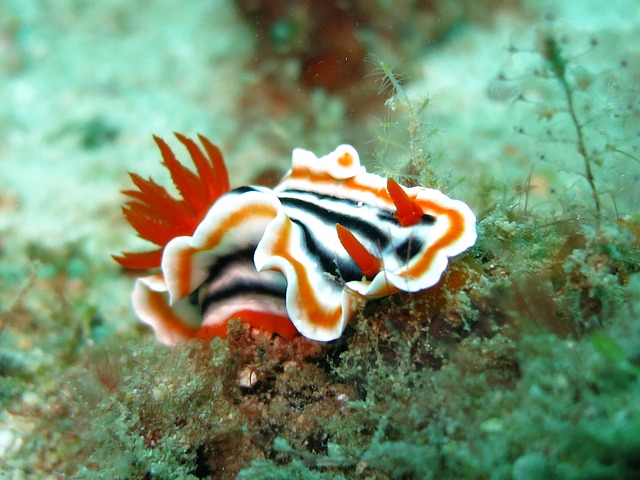
Toxicity
These guys have the superpower of being able to eat the most highly poisonous creatures on the planet and then harvest the toxins of their prey for themselves making them some of the most beautiful predators in the open seas.
This adorable tiny creature can be harmful. The ones that eat jellyfish get something more than just food from their prey. Jellies have stinging cells for defending themselves.
But what nudibranchs do, is they are capable to acquire the stinging cells which are called nematocysts and they transport these nematocysts into a tiny sac that they have on the tip of their cerata. Predators that touch the cerata get a jolt when the stinging cells inside are released.
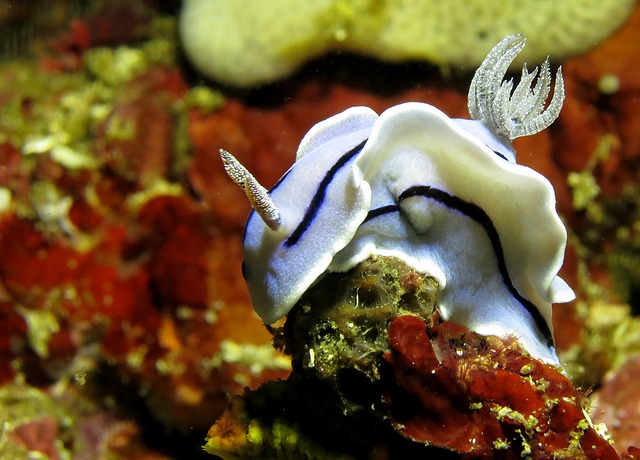
Nudibranch Appearance
They derive their colors from the things that they eat which include sponges, anemones, and even other nudibranchs. In addition to adopting the color of their prey neuter Bronx can also retain the toxic chemicals it ingests and save it for itself.
And a nudibranch’s brilliant colors and patterns aren’t just pretty to look at. Those colors actually have a really important job, which is to advertise to the predator that they are toxic. They are distasteful and they have poison. So beware when you touch these beautiful creatures.
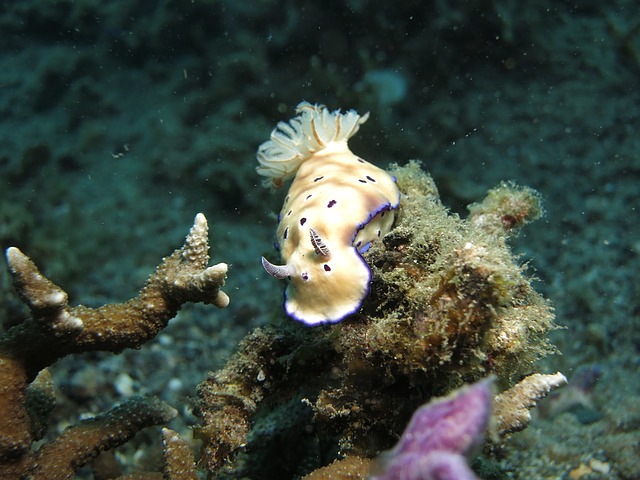
Some of them actually are really difficult to find because they have colors that camouflage in the substrate in which they are found. And it’s almost impossible to find you can spend almost all of a 60-minute dive just trying to find nudibranchs under a couple of rocks. With so many places to hide even nudibranchs with flashy colors are not always easy to see.
The Blue Dragon Nudibranch
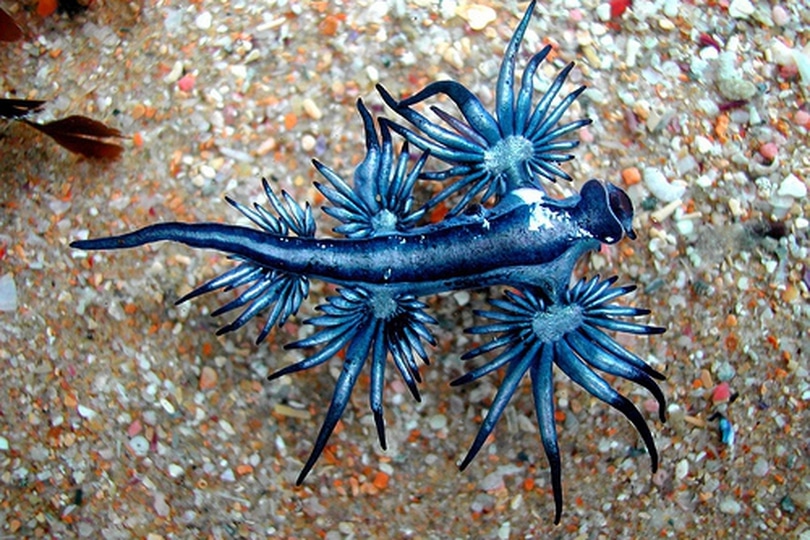
One nudibranch, the blue glaucus (Glaucus atlanticus), is considered one of the most beautiful nudibranchs of all. It is also known as the Blue Dragon.
Blue Dragons float upside down at the surface, where its brilliant blue foot and pale-silver back provide perfect camouflage whether it’s seen against the sky or the water, protecting it from both swimming and flying predators. It preys almost exclusively on the venomous Portuguese man-of-war, which it can gobble without being harmed.
The blue dragon is an especially toxic nudibranch. It eats the Portuguese Man O War which is a venomous jellyfish. Like an ocean floater, once the blue dragon ingests pieces of the Man O’War it concentrates its stinging cells and stores them in its long external outgrowths.
The blue dragon can actually accumulate a large number of these stinging cells which makes them even more dangerous than the Man O’War itself.
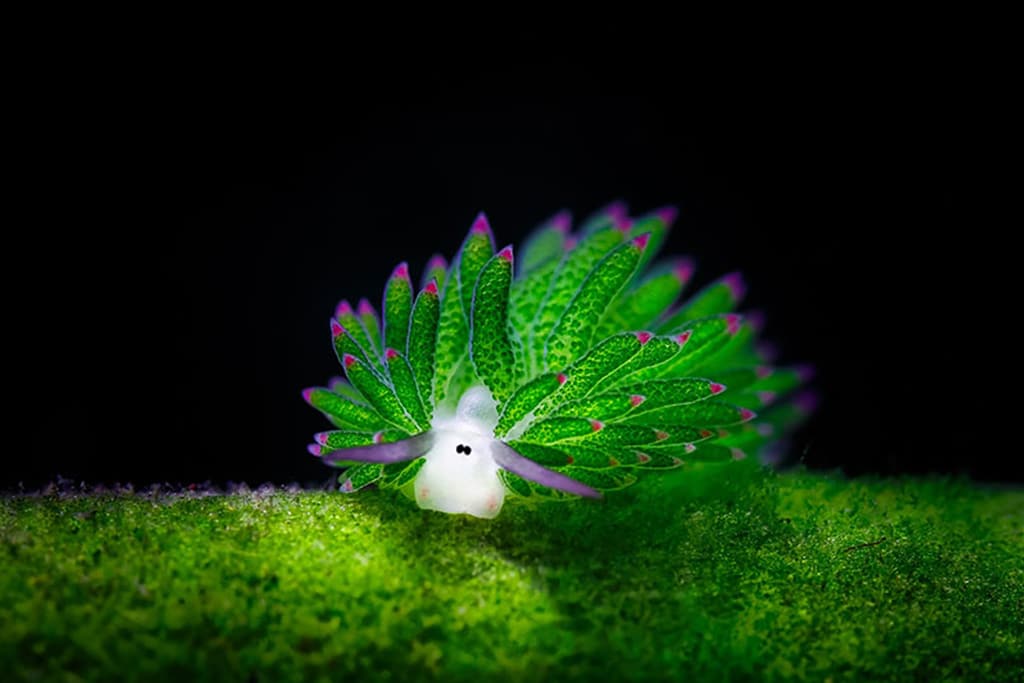
Even though they may seem alien, you can find them all over the globe and at all depths. Nudibranchs can be found in oceans around the world, even in the Arctic and Antarctic. They can be anywhere from a quarter of an inch to 12 inches long and can weigh up to 3.3 pounds.
New species of Nudibranch are identified almost daily so who knows maybe you’ll discover one for yourself!.

